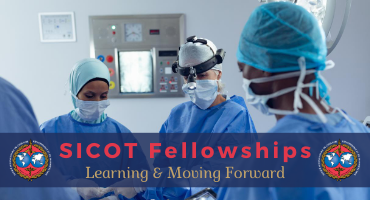Trauma video review - A novel method to evaluate resident competency and delivery of orthopaedic care in the trauma bay
Injury. 2025 May 14;56(8):112427. doi: 10.1016/j.injury.2025.112427. Online ahead of print.
ABSTRACT
INTRODUCTION: Trauma video review (TVR), whereby resuscitations in the trauma bay are audio-visually recorded, has not been investigated within the orthopaedic context. The purpose of this study was to evaluate the utility of TVR as a practical method to evaluate the delivery of orthopaedic care and resident competency in the trauma bay.
MATERIALS AND METHODS: This was a retrospective study of 15 trauma resuscitations performed at an academic, level I trauma center between May - June 2024. TVR was used to evaluate the quality of orthopaedic care delivered in the trauma bay and to assess resident competency using Accreditation Council for Graduate Medical Education (ACGME) milestones and American Board of Orthopaedic Surgery (ABOS) Knowledge, Skills and Behavior criteria.
RESULTS: TVR allowed for quantification of multiple orthopaedic time-based metrics. TVR identified themes to prompt institutional quality improvement initiatives in the future. Importantly, TVR provided a unique opportunity to evaluate the resident interacting as part of an impromptu multidisciplinary team in a high stress environment. TVR effectively provided a method to assess competency using ACGME and ABOS criteria.
CONCLUSIONS: TVR is a practical tool to evaluate and improve the quality of orthopaedic care provided in the trauma bay. It offers a unique opportunity to assess resident competency by ACGME and ABOS criteria.
PMID:40412348 | DOI:10.1016/j.injury.2025.112427














